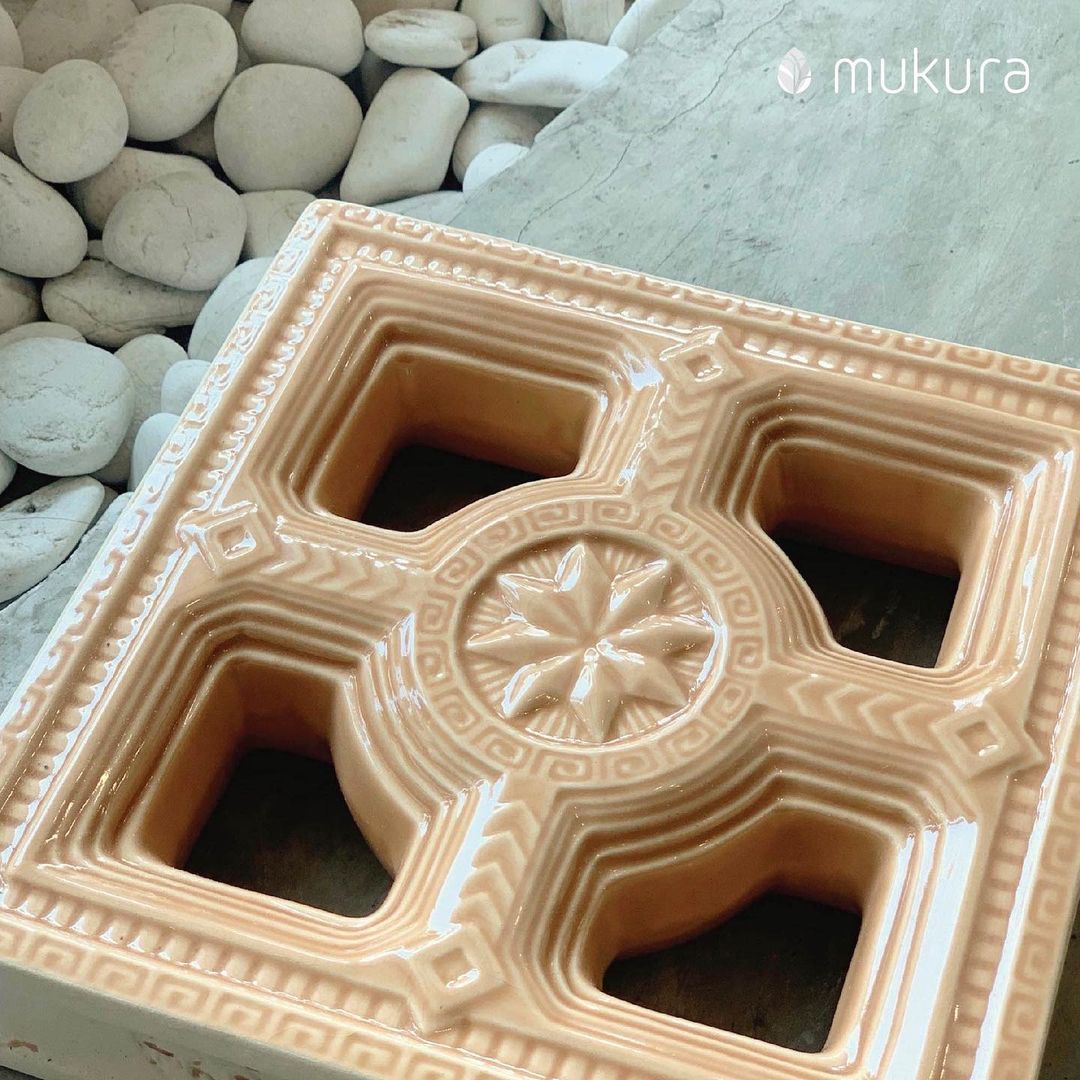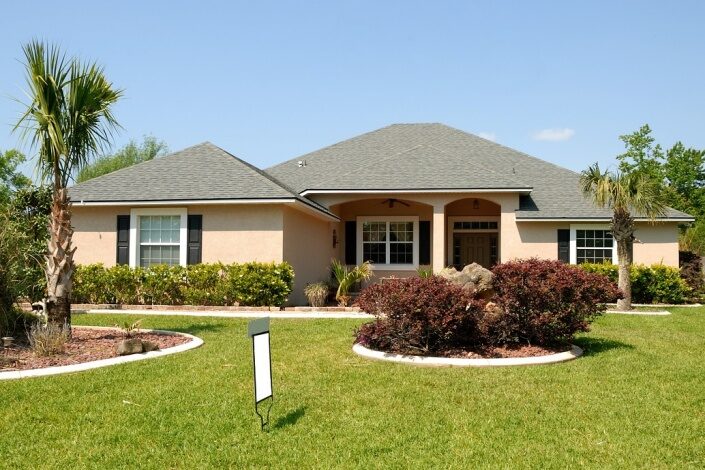Product Information, Trending Events | Thursday June 8th, 2023 10:00 AM
8 Differences between Ceramic and Granite Breezeblocks
What makes granite breezeblock different from ceramic breezeblock is the strength, durability, and lifespan.
There are many types of breezeblocks, including ceramic breezeblock and granite breezeblock. At first glance the two look similar. Compared to other types or breezeblocks, the advantages are also similar. But, in fact they are very different. Here are the differences between breezeblocks made of ceramic and granite.
Difference of ceramic and granite breezeblock:
-
Material
-
Process
-
Strength
-
Durability
-
Weight
-
Lifespan
-
Maintenance
-
Cost
-
Material
The basic ingredients of ceramic and granite breezeblocks are actually the same, which is a mixture of clay and other materials such as kaolin and silica. However, the material of granite breezeblock is denser, so the pores are smaller.
-
Process
Second, the firing process is different. Ceramic are fired at a temperature of 900-1500 degrees Celsius. Meanwhile, granite at a temperature of 1200 degrees Celsius or more. That’s why the process of making granite breezeblock is more difficult and time consuming. But, it’s also what makes it stronger.
-
Strength
Because of the materials and processes, granite breezeblock is stronger to withstand heavy loads. So, it can also be used in tall buildings without fear of breaking the roster. But of course, consult with an architect or expert first before installing it.
-
Durability
Remember that the pores of granite breezeblock are smaller? Because of them, the breezeblock is more resistant to stains and liquids. Just clean it with a cloth. In addition, it is also more resistant to moisture. So, no need to be afraid to install it in the bathroom and kitchen.
-
Weight
Granite breezeblock is lighter than ceramic breezeblock. It’s also the reason they can be used in skyscrapers. Don’t be afraid of damage caused by the breezeblock weight.
-
Lifespan
Because of the dense material and small pores, granite breezeblock is more durable. It’s hard to scratch and break than ordinary ceramic breezeblock.
-
Maintenance
Granite breezeblock is easier to maintain. To clean it, just use a cloth and a bit of water. Don’t forget to clean the grout between them too.
-
Cost
With the quality, no wonder the price is also more expensive. However, the quality is worth the price. That is why many people choose granite breezeblock.
You can check out the applications of granite breezeblocks on Mukura’s YouTube and Instagram!




